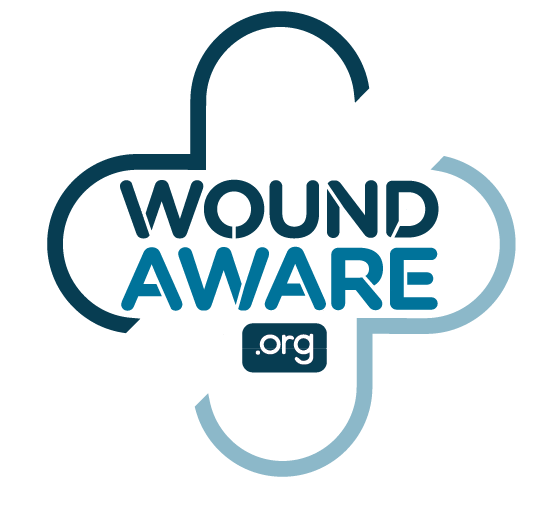|
READ: Wound Champions David and Carleen (NSW)
Tuesday, 23 August 2022
|
|
Sydneysider David had complained about pain in his legs and feet for more than 12 months before a GP finally examined him properly, finding no pulse at all in his right foot and a very faint pulse in his left. David was referred immediately to a vascular surgeon and, two days later, admitted to Liverpool Hospital for an angioplasty to correct a 90 per cent blockage to blood flow in his right leg. It was during the two-week wait in hospital for the procedure that David developed the venous ulcers that would eventually cover his right leg from knee to heel. Two years have passed and the 62-year-old diabetic has been unable to return to work driving trucks in his haulage business. With little money coming in and with his mobility seriously limited, David’s quality of life is significantly impacted – he isn’t able to play with his two-year-old grandson or take on the usual household responsibilities, for example – and his mental health has suffered. The wound care journey has been a long one, with multiple operations that have had mixed results. And the quality of his ongoing treatment has been varied. David has received excellent treatment from the wound care clinic at Liverpool Hospital but has found overworked and underfunded community nurses with packed schedules were often too busy to read his case notes thoroughly, or find enough time to dress his wound properly, and sometimes didn’t have the correct products recommended by the wound care clinic. In fact, it’s his 55-year-old wife Carleen who has provided the most reliable and sympathetic long-term care, taking responsibility for changing his dressings every two days as David’s access to home-based care began to taper off. But for Carleen, it has been a steep and often distressing learning curve. With no formal medical training, she learned the wound cleaning and dressing techniques she would need by watching David’s nurses work. In the early days when David’s wounds were fresh, it was a time-consuming and painful process that upset them both. Carleen found herself in the role of patient advocate, ensuring David got the clinic appointments he needed, taking notes on the products and techniques they recommended, and communicating these to the rest of David’s care team. David is on the road to recovery, with the main wound on his right calf almost healed, and huge improvements to a wound that used to expose his Achilles tendon. But David and Carleen’s story illustrates serious problems with the quality and consistency of wound care in the community, primarily:
Thanks to David and Carleen for sharing their stories. |
